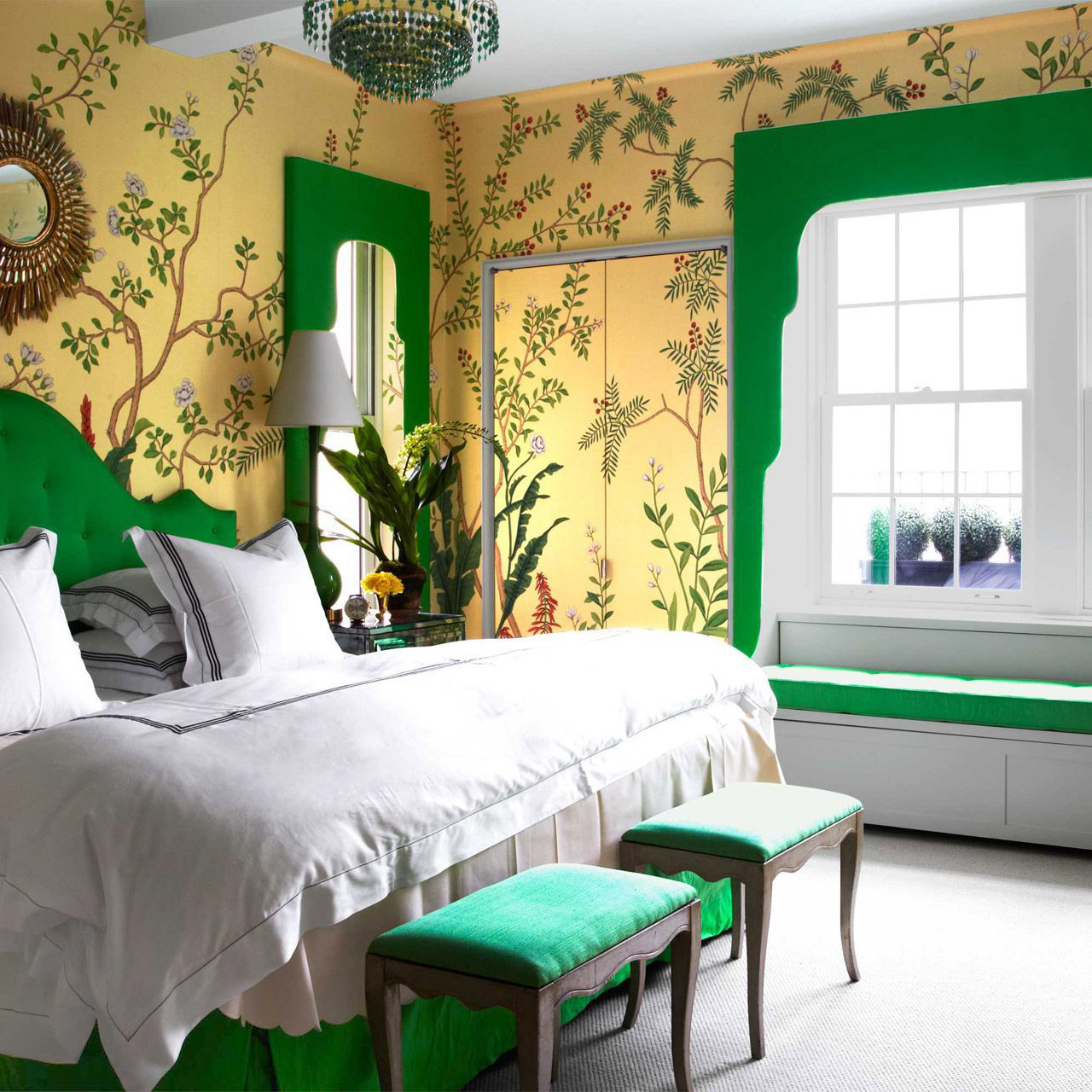Introduction
Design enthusiasts around the world have long admired the innovative work of French architect and designer Jean Prouvé. Among his many notable creations, the Potence Lamp stands out as an iconic masterpiece of both form and function. In this article, we’ll take a closer look at the history and design of this remarkable piece, exploring its enduring appeal and influence.
The Origins of the Potence Lamp
Jean Prouvé created the Potence Lamp in 1950 for use in a number of different settings, from homes to offices to factories. Based on the concept of a wall-mounted lamp that could be easily adjusted for different angles and heights, the Potence Lamp was designed to provide flexible lighting solutions for a range of different needs.
The Design of the Potence Lamp
The Potence Lamp is a striking example of Prouvé’s signature style, which emphasizes clean lines, simple materials, and elegant function. The lamp consists of a long, thin arm made of powder-coated steel that extends from the wall at a 45-degree angle. At the end of the arm is a cylindrical aluminum shade that can be rotated and angled to direct light where it’s needed. The lamp is equipped with a cord that allows it to be plugged into an electrical outlet or hardwired into the wall for a sleek, streamlined appearance.
The Influence of the Potence Lamp
Since its creation in the 1950s, the Potence Lamp has become a design icon, with its elegant form and practical function inspiring countless imitations and adaptations. Its minimalist aesthetic has remained relevant and inspiring, particularly in the modernist design movements of the mid-20th century and beyond. Prouvé’s influence can be seen in the work of countless designers who have followed in his footsteps, borrowing elements of his style and design philosophy to create their own innovative works.

